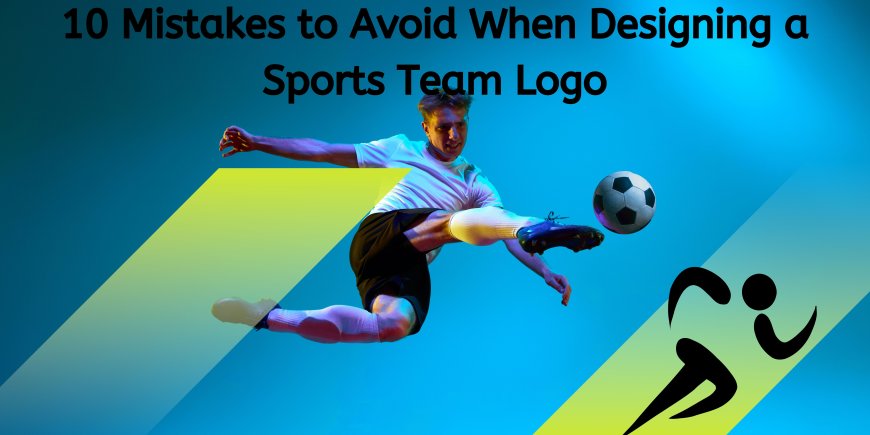10 Mistakes to Avoid When Designing a Sports Team Logo
Discover the top 10 pitfalls to avoid when creating a sports team logo. Elevate your team's identity with expert tips for a standout, professional design.
Designing a sports team logo is a task that requires creativity, an understanding of the team’s identity, and a keen eye for detail. A logo is more than just a symbol; it’s a representation of the team's spirit, history, and vision. However, even the most skilled designers can fall into common pitfalls. Here are ten mistakes to avoid when designing a sports team logo, ensuring that your creation is both impactful and enduring.
Ignoring the Team’s Identity
A sports team logo should embody the essence of the team. Ignoring the team's identity, such as its history, values, and culture, can result in a logo that feels generic or disconnected. It's crucial to conduct thorough research and understand what the team stands for. This understanding should be reflected in the design elements, colors, and overall style of the logo.
Overcomplicating the Design
Simplicity is key in logo design. Overcomplicating the design with too many elements or intricate details can make the logo hard to recognize and remember. A cluttered logo may not scale well on different media, from merchandise to digital platforms. Aim for a design that is clean and easily identifiable at a glance.
Following Trends Blindly
While it’s important to be aware of current design trends, following them blindly can be a mistake. Trends come and go, but a sports team logo needs to stand the test of time. Instead of chasing the latest fad, focus on creating a timeless design that will remain relevant for years to come.
Poor Color Choices
Color is a powerful tool in logo design, evoking emotions and creating associations. Poor color choices can undermine the logo's impact. Avoid using too many colors, which can make the logo appear chaotic. Instead, select a few colors

that represent the team's spirit and work well together. Consider how these c will look on various backgrounds and in different formats.
Neglecting Versatility
A sports team logo must be versatile, working well across various platforms and sizes. Neglecting this aspect can limit the logo's effectiveness. Test the logo in different contexts, such as on uniforms, social media, and merchandise. Ensure that it remains clear and impactful whether it's scaled up for a billboard or down for a social media icon.
Inadequate Typography
Typography plays a significant role in logo design. Inadequate typography can make a logo look amateurish or hard to read. Choose fonts that complement the logo's overall design and are easy to read in different sizes. Avoid overly decorative fonts that can detract from the logo's clarity and professionalism.
Lack of Originality
In a crowded sports market, originality is crucial. A logo that looks too similar to others can fail to make a mark. While it’s good to take inspiration from successful designs, ensure that your logo is unique and represents the team’s distinct identity. Avoid using generic symbols or elements that don’t add value to the design.
Failing to Get Feedback
Designing a sports team logo should not be done in isolation. Failing to get feedback from stakeholders, such as team members, fans, and management, can lead to a design that doesn’t resonate with its audience. Collecting feedback throughout the design process can provide valuable insights and ensure the logo meets everyone’s expectations.
Ignoring Scalability
Scalability is a critical factor in logo design. Ignoring it can result in a logo that doesn’t look good when resized. A logo should maintain its integrity and legibility whether it’s printed on a large banner or a small business card. Test the logo at different sizes to ensure it scales well and remains effective.
Forgetting the Emotional Impact
A sports team logo should evoke emotions and foster a sense of pride and loyalty. Forgetting the emotional impact can lead to a logo that feels sterile or uninspiring. Consider the emotions you want the logo to evoke and incorporate elements that connect with the team’s fan base on an emotional level.
Conclusion
Creating an effective sports team logo design is a delicate balance of artistry and strategy. By avoiding these common mistakes, you can develop a logo that not only looks great but also effectively represents the team’s identity and resonates with its audience. A well-designed logo can boost team spirit, enhance brand recognition, and create a lasting impression. Pay attention to the details, understand the team's values, and aim for a design that is both timeless and versatile. By doing so, you'll ensure that your sports team logo stands out and endures the test of time.












